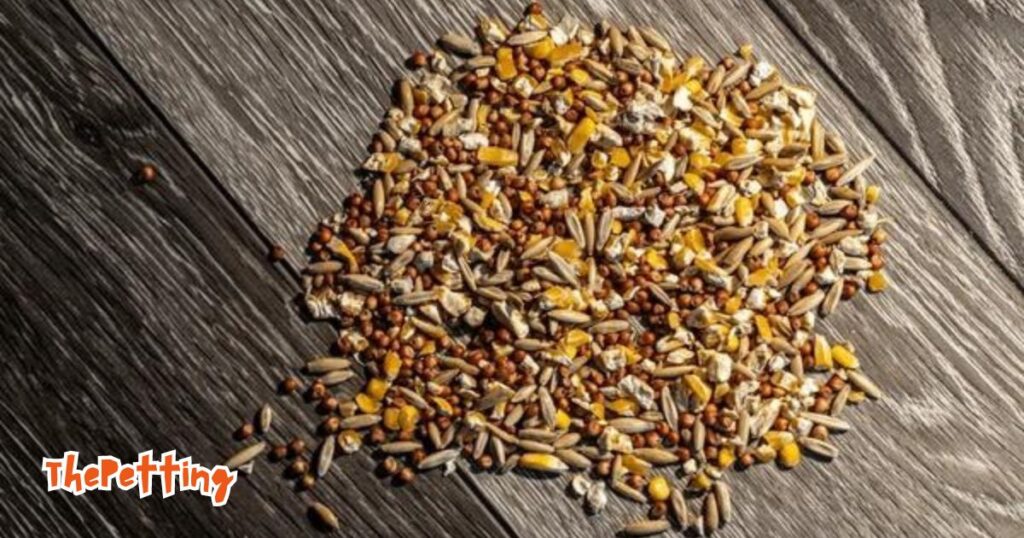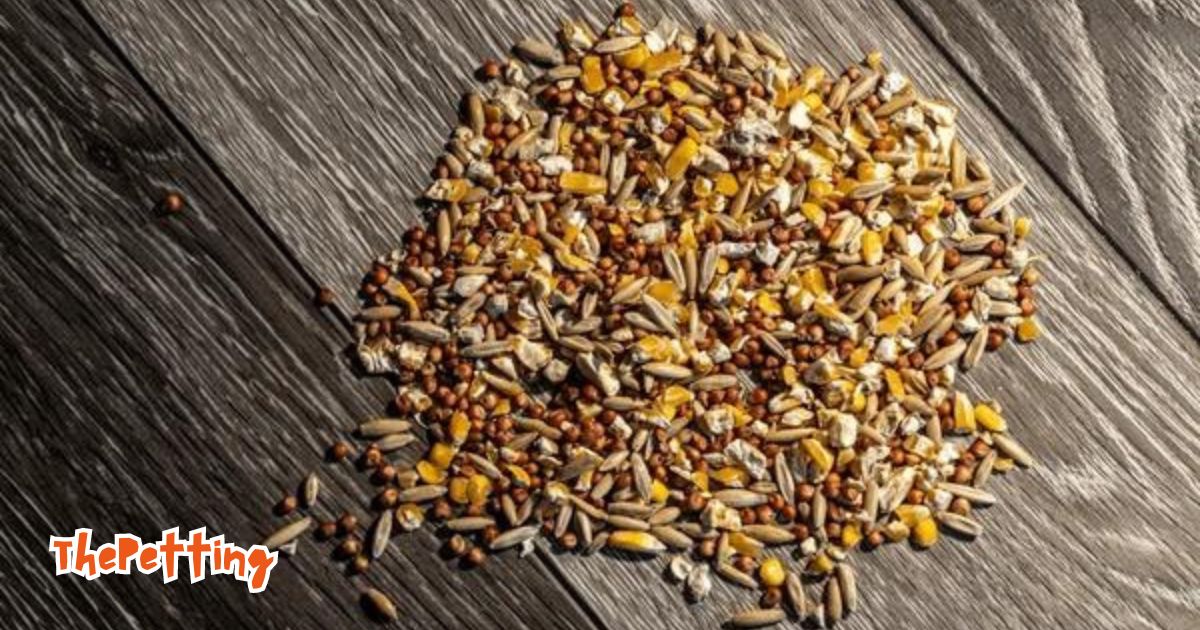
Introduction
When it comes to feeding poultry, understanding the difference between chicken scratch and regular feed is crucial for ensuring the health and productivity of your flock. Both types of feed play unique roles in poultry nutrition, but they cater to different needs. In this article, we will dissect the differences between chicken scratch and regular feed, helping you make informed decisions for your chickens.
Also Read: Step-by-Step Training Plan for Grey Tabby Cats
What is Chicken Scratch?
Definition and Composition
Chicken scratch, often referred to as scratched grain, is a mix of grains like corn, wheat, barley, and oats. It’s typically used as a supplemental feed rather than a complete diet. The grains are usually cracked or broken into smaller pieces to make them easier for chickens to peck at.
Purpose of Chicken Scratch
Chicken scratch serves primarily as a treat or a form of enrichment. It encourages chickens to forage and peck, mimicking natural behaviors. It’s also used to supplement their diet with additional energy and variety.
What is Regular Feed?
Definition and Composition
Regular feed, also known as poultry feed or complete feed, is formulated to provide a balanced diet for chickens. It includes a mix of grains, protein sources, vitamins, and minerals. There are several types of regular feed, including:
- Layer Feed: For laying hens, rich in calcium to support egg production.
- Grower Feed: For chicks and young chickens, focusing on growth and development.
- Broiler Feed: For meat chickens, with higher protein levels to promote rapid growth.
Purpose of Regular Feed
Regular feed is designed to be a complete and balanced diet for chickens. It ensures that they receive all the essential nutrients they need for optimal health and productivity.
Key Differences Between Chicken Scratch and Regular Feed
Nutritional Content
- Chicken Scratch: Low in protein and other essential nutrients. It mainly provides carbohydrates and some fats.
- Regular Feed: Balanced with proteins, vitamins, minerals, and other nutrients required for overall health and egg or meat production.
Usage
- Chicken Scratch: Used as a treat or supplement, not intended to replace the main diet. It should be fed in small amounts.
- Regular Feed: The primary source of nutrition for chickens, ensuring they meet their dietary requirements.
Digestibility
- Chicken Scratch: Can be less digestible due to its coarse nature and lack of balance in nutrients.
- Regular Feed: Formulated to be easily digestible and nutritionally complete.
Benefits of Chicken Scratch
Encourages Foraging Behavior
Chicken scratch stimulates natural foraging instincts, which can be beneficial for their mental stimulation and overall well-being. It keeps chickens active and engaged.
Provides Variety
Adding scratch grain to a chicken’s diet introduces variety, which can make mealtime more interesting and enjoyable for them.
Supplemental Energy
Scratch grains can provide additional energy, especially in colder weather when chickens need extra calories to maintain body heat.
Benefits of Regular Feed
Complete Nutrition
Regular feed is specially formulated to provide all the essential nutrients that chickens need, including proteins, vitamins, and minerals. This ensures their health and productivity.
Consistency
It offers a consistent and reliable source of nutrition, which is crucial for maintaining the overall health of your flock and supporting their specific needs (e.g., egg production or growth).
Health and Productivity
A balanced diet from regular feed promotes healthy growth, strong egg production, and overall well-being, reducing the likelihood of nutritional deficiencies and related health issues.
How to Use Chicken Scratch and Regular Feed Together
Balanced Feeding Strategy
To make the most of both types of feed, use regular feed as the main diet and offer chicken scratch as a treat or supplement. This approach ensures your chickens receive a balanced diet while enjoying the benefits of foraging and variety.
Feeding Guidelines
- Amount: Limit the amount of scratch to 10% of their daily diet. The rest should be regular feed to ensure nutritional balance.
- Timing: Provide chickenScratch in the afternoon or evening, so it doesn’t interfere with their main feeding time.
Common Misconceptions
Chicken Scratch as a Complete Feed
A common misconception is that chicken scratch can replace regular feed. While it provides energy and variety, it lacks the essential nutrients required for a complete diet.
Regular Feed as a Treat
Another misconception is using regular feed as a treat. Regular feed should be the staple diet, while treats like chicken scratch should be given sparingly.
Conclusion
Understanding the differences between chicken scratch and regular feed is essential for maintaining the health and productivity of your poultry. While chick scratch provides enjoyment and some supplementary energy, it should not replace the balanced nutrition offered by regular feed. By using both appropriately, you can ensure your chickens receive a diet that supports their overall well-being.
FAQs
1. Can I feed my chickens only chicken scratch?
No, chickenScratch should not replace regular feed. It’s a supplement and should be given in moderation alongside a complete and balanced poultry feed.
2. How often should I give my chickens chicken scratch?
Scratch can be given as a treat a few times a week. It should not make up more than 10% of their total diet to ensure they get balanced nutrition.
3. Is chicken scratch good for all types of chickens?
ChickenScratch is generally suitable for all types of chickens, but it should be used in moderation. Ensure that their primary diet is a complete feed appropriate for their age and production stage.
4. Can I mix chickenScratch with regular feed?
Yes, you can mix chickenScratch with regular feed, but be cautious not to disturb the nutritional balance. Maintain the regular feed as the main part of their diet.
5. What should I do if my chickens refuse regular feed?
If chickens refuse regular feed, check for issues like spoilage or incorrect formulation. Ensure they are not receiving too much scratch grain or other treats. Consult with a vet if the problem persists.








